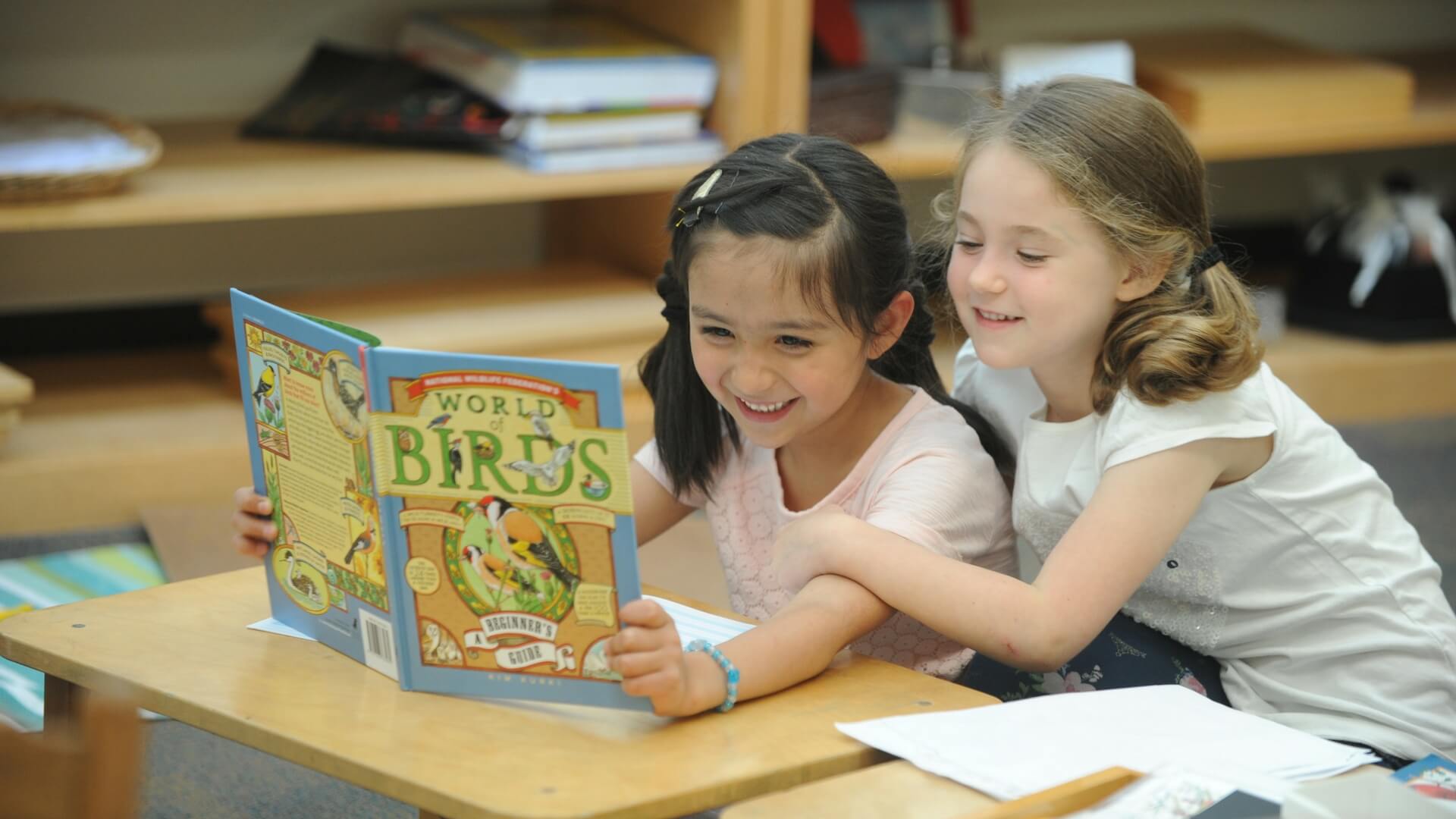Montessori schools are based on the Montessori method, which Maria Montessori created. It is a child-centered approach to learning that emphasizes cognitive development in each stage of life. It’s an innovative approach to teaching children to learn, developing their natural love of learning, and preparing them for the future. This blog post will teach you what is the role of the teacher in the Montessori Method, how they help kids learn, and why teachers play an essential role in this educational method.
What is the Role of the Teacher in the Montessori Method
Every Montessori school is different, so teachers’ roles vary by school. However, the important thing to remember is that teachers play a vital role in the success of this education method.
Montessori schools are based on the idea that children should be able to develop at their own pace. Therefore, instructional materials are designed so that children can learn at their own level and understand concepts in different ways. In addition, teachers work with each child in order to get them engaged, grow their self-confidence, and boost their language skills. They also help keep students safe by using positive reinforcement as well as discipline when necessary.
This is another reason why teachers are so important to this educational method. In order for children to fully develop according to the Montessori philosophy, they need a teacher who will take care of them and guide them throughout their childhood development stages.
What Teachers Do in a Montessori Classroom
The teachers in a Montessori school are very important to the children’s success. Teachers help little ones learn by playing with them, teaching them songs and games, and answering their questions. There are three main ways teachers support children in the classroom:
Teachers teach kids through play-based learning that lets kids figure out things on their own. They use music, art, and other types of learning. For example, they might teach kids how to sing using nursery rhymes or read using funny animal books.
Teachers teach kids by telling stories and moving around during lessons. This way, kids learn by experiencing things rather than just listening to instructions from a teacher.
Teachers provide feedback that helps students improve their skills over time. Since parents can’t always be around for daily feedback, teachers have to be there for children who need it. This is an important function because it lets kids know that they’re doing a good job as well as letting them know when they make mistakes so they can try something again more successfully next time.
Why It’s Important for Teachers to be in a Montessori Classroom
The Montessori method is a child-centered approach to learning that emphasizes cognitive development in each stage of life.
The importance of teachers being present in a Montessori classroom is one of the biggest reasons why it’s important for teachers to be present. Teachers play an important role in the Montessori method, which is why they should be present and active in their class.
The teacher’s presence helps children learn on their own while also providing support when needed. They can provide ideas to help children make sense of difficult concepts or find success in challenging situations. In addition, their presence helps students develop confidence and allows them to have autonomy when they don’t feel overwhelmed.
These are just a few ways teachers help students learn through their presence in a Montessori classroom. It’s important that teachers are present at all times because they’re there to provide support and guidance when needed, as well as keep kids focused and having fun!
Conclusion
One of the many benefits of the Montessori Method is that it teaches children independence, responsibility, and self-management. The teacher’s role in a Montessori classroom is crucial in helping children develop these skills by providing interesting and engaging experiences that give children a sense of accomplishment in their learning.
Teachers should also provide a careful balance between freedom and structure to ensure that children still have ample opportunities to learn independently and be creative when they are ready.


